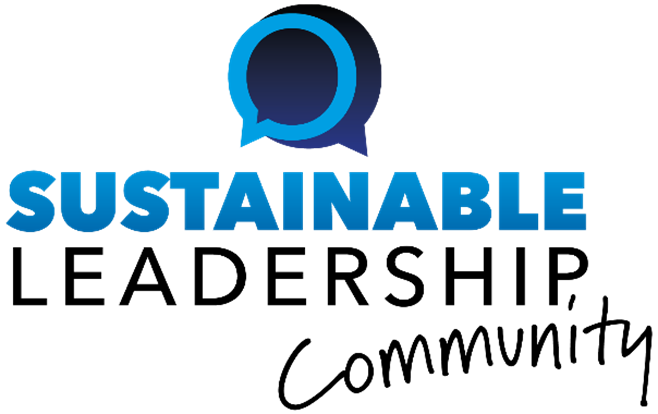During the ‘80s and early ‘90s, the concept of careers was similar to a ‘race’, with each person in the race having the same time and energy to devote to reaching the same end goal. But now, careers cannot be conceived as a linear sprint, from crouching start to finishing line; instead of racing against […]
Subject: HR Management
Helping Employees Realize Their Dreams: The Search for Meaning
How can companies help their employees reclaim lost dreams—in both professional and non-professional contexts? Those companies able to do so will go a long way towards addressing some of the problems currently confronting not only their organizations, but society in general. A ‘dream’ can be described as a possibility that a person imagines for his/her […]
Read More… from Helping Employees Realize Their Dreams: The Search for Meaning
Shaping a Global Leadership Strategy For Cross-Cultural Effectiveness
Better prepared leaders are the ‘need of the hour’ across the world. But it is extremely challenging to deliver an effective global leadership strategy: one that’s equally effective in one region, as it is in another. In this Idea data from the US is complemented with findings from India, China and Singapore to draw up […]
Read More… from Shaping a Global Leadership Strategy For Cross-Cultural Effectiveness
Matching Decisions to Decision-Makers: via Our Testosterone Levels
Does testosterone play a role in moral decision-making? A study of 117 graduate students at Columbia University looks to find the answer. They set out to see if individuals high in testosterone (measured using saliva samples) are more likely to make utilitarian decisions, specifically when doing so involves acts of aggression and social cost. Participants […]
Read More… from Matching Decisions to Decision-Makers: via Our Testosterone Levels
Home Working: Does it Work for the Organization?
There has been a large increase in employees working from home in recent years; in the US alone, over 10% of the workforce now report regular home-working. But there is still a lack of research into such arrangements and the long-term effects they have on an organization. In this Idea, researchers examined the results of […]
Read More… from Home Working: Does it Work for the Organization?
Turning Employees into Brand Champions: Leadership Style Makes a Difference
Employee performance plays a vital role in the success of a service brand. In this Idea, faculty from HEC, WHU–Otto Beisheim School of Management and University of St. Gallen set out to examine what type of leadership is required to stimulate employees to build and strengthen an organization’s brand image. In internal marketing and brand […]
Read More… from Turning Employees into Brand Champions: Leadership Style Makes a Difference
Embedding Diversity: Three Key Steps
Diversity management has become a key instrument for employers in recent years. University graduates around the world are no longer predominantly white males, and most companies now have a diversity policy document, with the larger ones also instating Diversity and Inclusion (D&I) Officers. However, companies nevertheless face a triple hurdle in implementing diversity management policies, […]
Why Do CEOs Fail? How the Mighty Are Fallen
What are the patterns and signs that relate to how failure at the C-Suite level can be prevented? Well, there is no consensus as to what constitutes ‘failure’, but nevertheless this Idea does shed some light on the obscure circumstances surrounding CEO performance. ‘CEO failure’ can be broadly described as “the inability of a CEO […]
Creating a Culture of Trust in Organizations
It is universally acknowledged; we hear our most successful leaders espouse its importance all the time – but ‘trust’ in an organization can be infuriatingly intangible, and a slippery thing to quantify indeed. What we do know is that trust is vital to success – while on the other hand distrust can be disastrous; leading […]
Read More… from Creating a Culture of Trust in Organizations
Partners of Choice – for an Agile Workforce
Following an economic crisis, organizations often find themselves needing to do more with less employees. Is this possible? How can organizations construct a flexible workforce of highly-skilled workers that supplement existing full-time staff with the same level of commitment? There is a spectrum of different types of employment relationships that exist, from traditional full-time jobs […]




